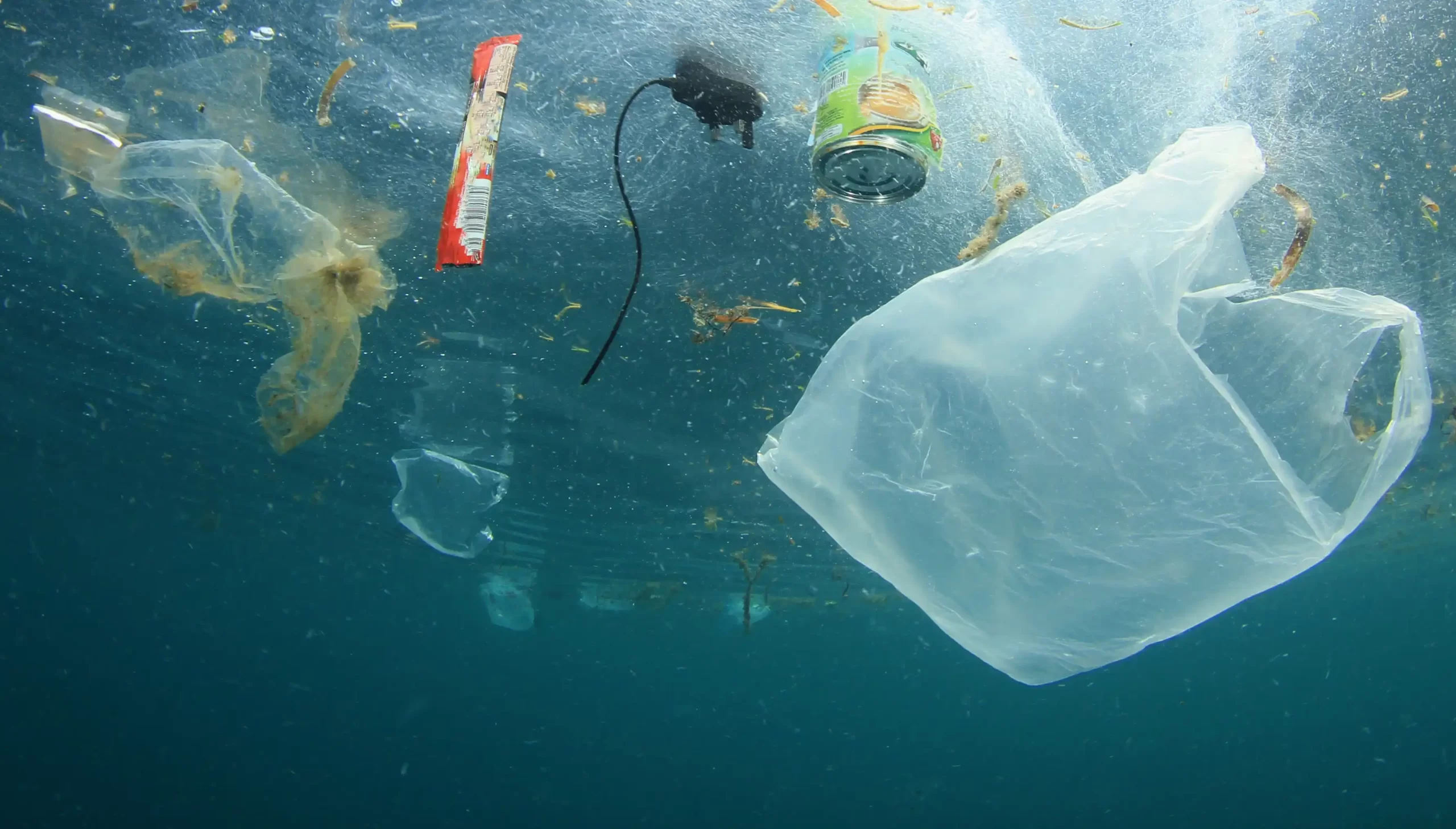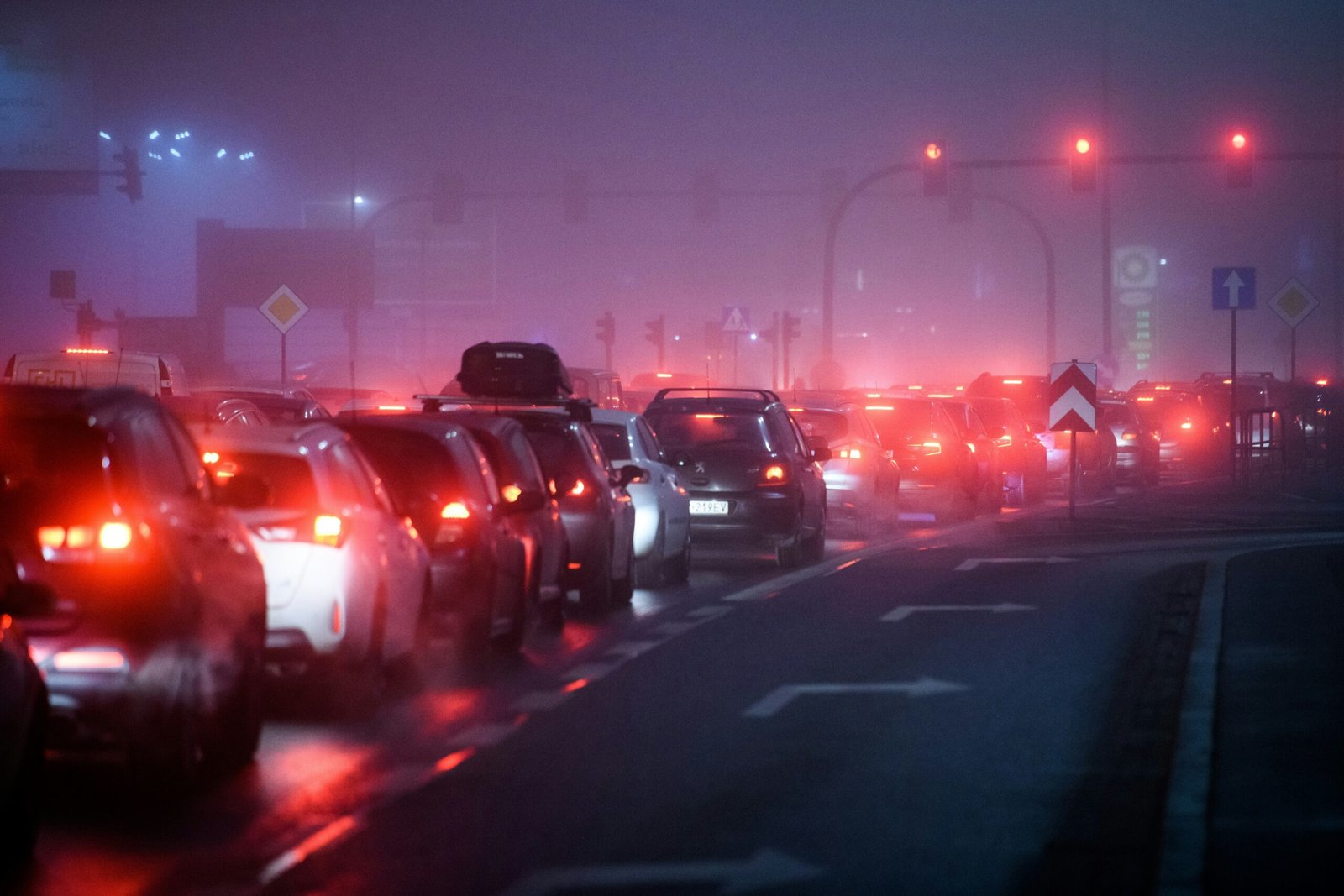Water pollution, a growing global crisis, involves the contamination of water bodies such as oceans, rivers, lakes, and groundwater. The pollutants, originating from industrial discharge, agricultural runoff, plastic waste, oil spills, and untreated sewage, severely affect marine ecosystems and disrupt the delicate balance of life underwater. This article delves into the sources of water pollution, its harmful effects on marine ecosystems, and potential solutions to mitigate its impact.
Sources of Water Pollution
Understanding the primary causes of water pollution is crucial for addressing its consequences. Here are the major contributors:
- Plastic Pollution:
Plastics, being non-biodegradable, accumulate in oceans, forming massive garbage patches like the Great Pacific Garbage Patch. These plastics break down into microplastics, tiny particles that persist in the environment and infiltrate marine food chains. - Industrial and Chemical Waste:
Industries discharge harmful chemicals, heavy metals (such as mercury and lead), and untreated waste directly into water bodies. These toxins accumulate in sediments and poison marine habitats. - Agricultural Runoff:
Excess fertilizers and pesticides from farms wash into rivers and oceans. These chemicals promote eutrophication, causing rapid algal growth that depletes oxygen in the water, leading to “dead zones” where marine life cannot survive. - Oil Spills:
Oil spills, such as the infamous Deepwater Horizon disaster, create long-lasting damage. Oil coats the skin and gills of marine animals, reducing their ability to breathe and regulate temperature. - Untreated Sewage and Wastewater:
The discharge of untreated human and industrial sewage introduces harmful pathogens and organic matter into water bodies, degrading water quality and harming marine ecosystems. - Thermal Pollution:
Factories and power plants discharge heated water into oceans and rivers, disrupting the temperature balance of aquatic habitats. Many marine species cannot adapt to rapid temperature changes, leading to stress and mortality.
Effects of Water Pollution on Marine Life
Water pollution has devastating consequences for marine ecosystems, threatening the survival of countless species and disrupting food chains. Here are the primary effects:
1. Destruction of Habitats
Marine habitats, including coral reefs, seagrass meadows, and mangroves, are particularly sensitive to pollutants. Coral reefs, known as the “rainforests of the sea,” suffer from sedimentation and chemical exposure, which block sunlight and hinder photosynthesis. Additionally, oil spills coat coastal wetlands and mangroves, suffocating plant roots and reducing biodiversity.
2. Toxicity and Bioaccumulation
Chemical pollutants such as mercury and polychlorinated biphenyls (PCBs) accumulate in the tissues of marine organisms. These toxins become more concentrated as they move up the food chain, a process known as bioaccumulation. For example, predatory fish like tuna and swordfish often contain high levels of mercury, posing risks to both marine ecosystems and human consumers.
3. Algal Blooms and Oxygen Depletion
Nutrient pollution from fertilizers triggers harmful algal blooms (HABs), commonly called “red tides.” These blooms release toxins and block sunlight, killing aquatic plants. As the algae die and decompose, oxygen levels in the water drop sharply, creating hypoxic “dead zones” where marine life cannot survive.
4. Plastic Ingestion and Entanglement
Marine animals often mistake plastic debris for food. Sea turtles, for instance, consume plastic bags, mistaking them for jellyfish. Once ingested, plastic can block digestive tracts, leading to starvation. Additionally, animals like seals and dolphins become entangled in fishing nets or six-pack rings, restricting their movement and often causing fatal injuries.
5. Impacts on Reproduction and Growth
Pollutants such as heavy metals and endocrine disruptors interfere with the reproductive systems of marine animals. For instance, some fish species exposed to chemical pollutants exhibit abnormal growth and reproductive failure. This decline in reproductive success threatens the survival of species over time.
6. Disruption of Food Chains
Water pollution destabilizes food chains by eliminating key species. For example, the death of phytoplankton, the foundation of many marine food webs, disrupts the entire ecosystem, impacting fish, marine mammals, and birds that rely on these organisms for sustenance.
Broader Environmental and Economic Impacts
The effects of water pollution extend beyond marine ecosystems, influencing the environment and human society:
- Climate Change Feedback: Polluted oceans absorb less carbon dioxide, accelerating climate change.
- Fisheries and Livelihoods: Pollution-induced fish deaths impact commercial fisheries, threatening the livelihoods of millions who depend on fishing.
- Tourism Loss: Polluted beaches and degraded marine ecosystems deter tourists, affecting coastal economies.
Solutions to Combat Water Pollution
Addressing water pollution requires collective efforts at global, national, and individual levels. Here are some key strategies:
1. Policy and Regulation
Governments must enforce strict regulations to prevent industrial discharge and promote wastewater treatment. Policies like the ban on single-use plastics can reduce plastic pollution significantly.
2. Sustainable Agriculture
Farmers can adopt eco-friendly practices such as precision farming and organic fertilizers to minimize chemical runoff. Creating buffer zones with vegetation along waterways can also help filter pollutants.
3. Improved Waste Management
Recycling and proper disposal of waste reduce the amount of plastic and debris entering water bodies. Expanding waste collection systems in developing countries is essential to tackle plastic pollution.
4. Oil Spill Prevention
Technological advancements and stringent safety measures can help prevent oil spills. Rapid-response teams and containment technologies should be in place to mitigate damage when spills occur.
5. Public Awareness and Education
Raising awareness about the impacts of water pollution can encourage individuals to adopt sustainable practices. Communities can organize beach cleanups and advocate for policies that protect marine environments.
6. Restoration Projects
Marine ecosystems, such as coral reefs and mangroves, can be restored through conservation projects. Initiatives like coral farming and reforestation of mangroves can rehabilitate damaged habitats.
Conclusion
Water pollution poses a grave threat to marine life, ecosystems, and human communities. From plastic debris and toxic chemicals to oil spills and nutrient runoff, pollutants are driving widespread destruction in aquatic environments. However, by implementing effective policies, adopting sustainable practices, and raising public awareness, we can mitigate the impact of water pollution and protect the oceans for future generations. A collective effort is essential to preserve the rich biodiversity of marine ecosystems and ensure the health of our planet.
Internal Link:- ragdi






